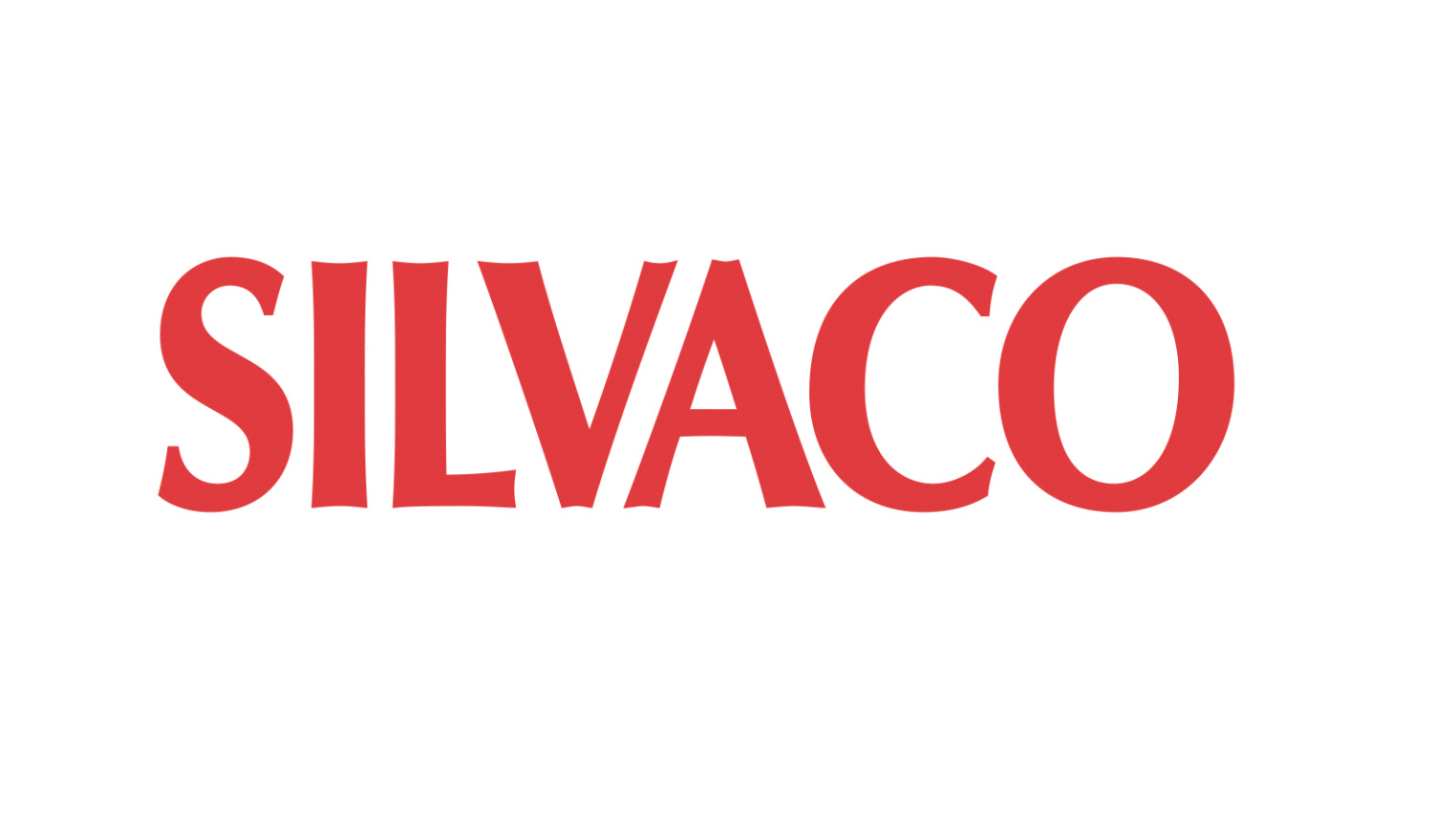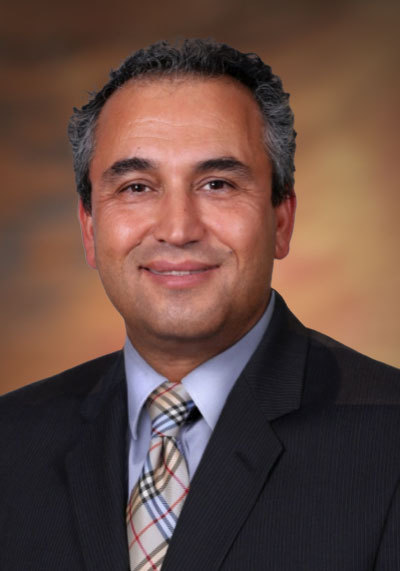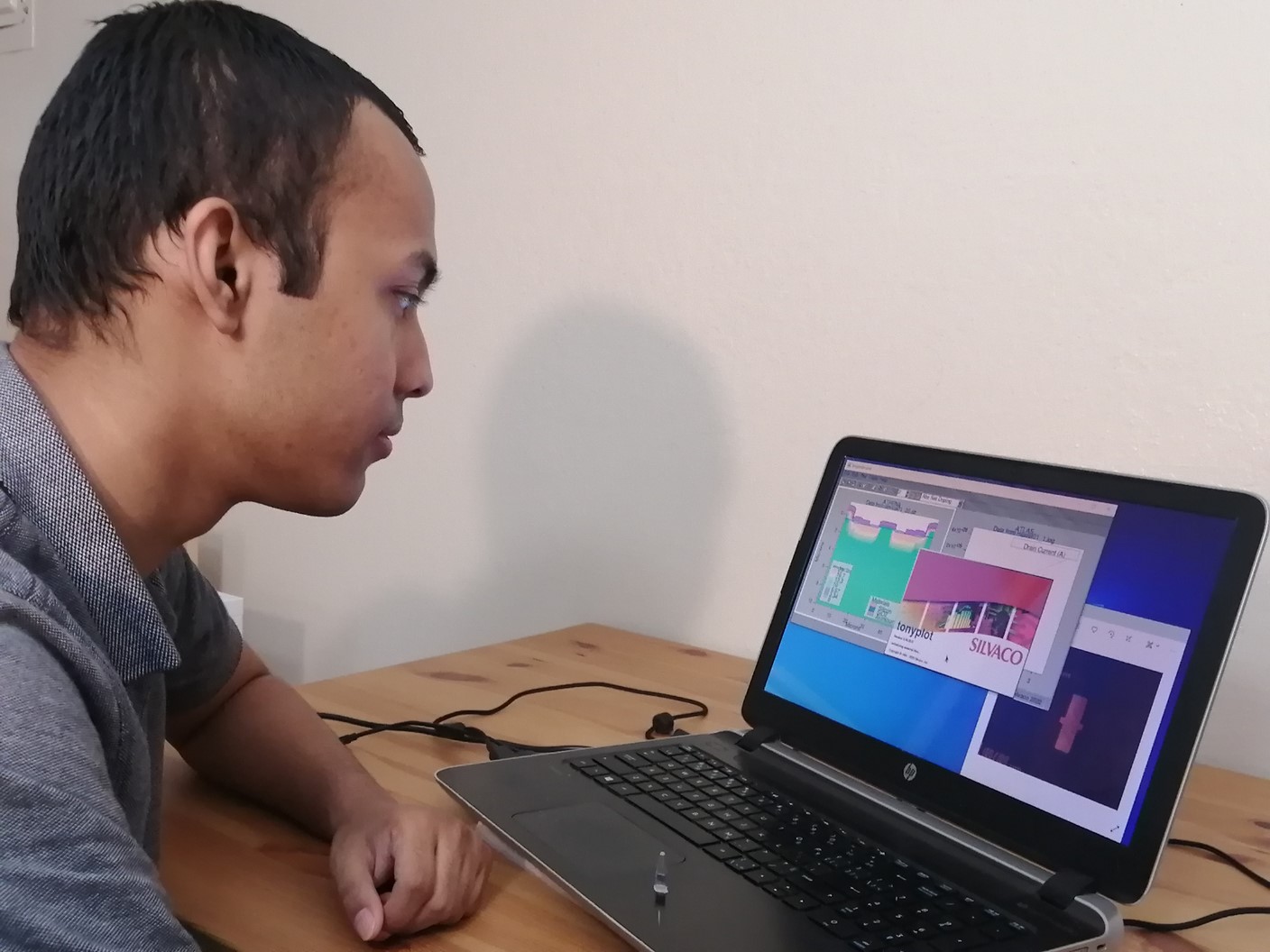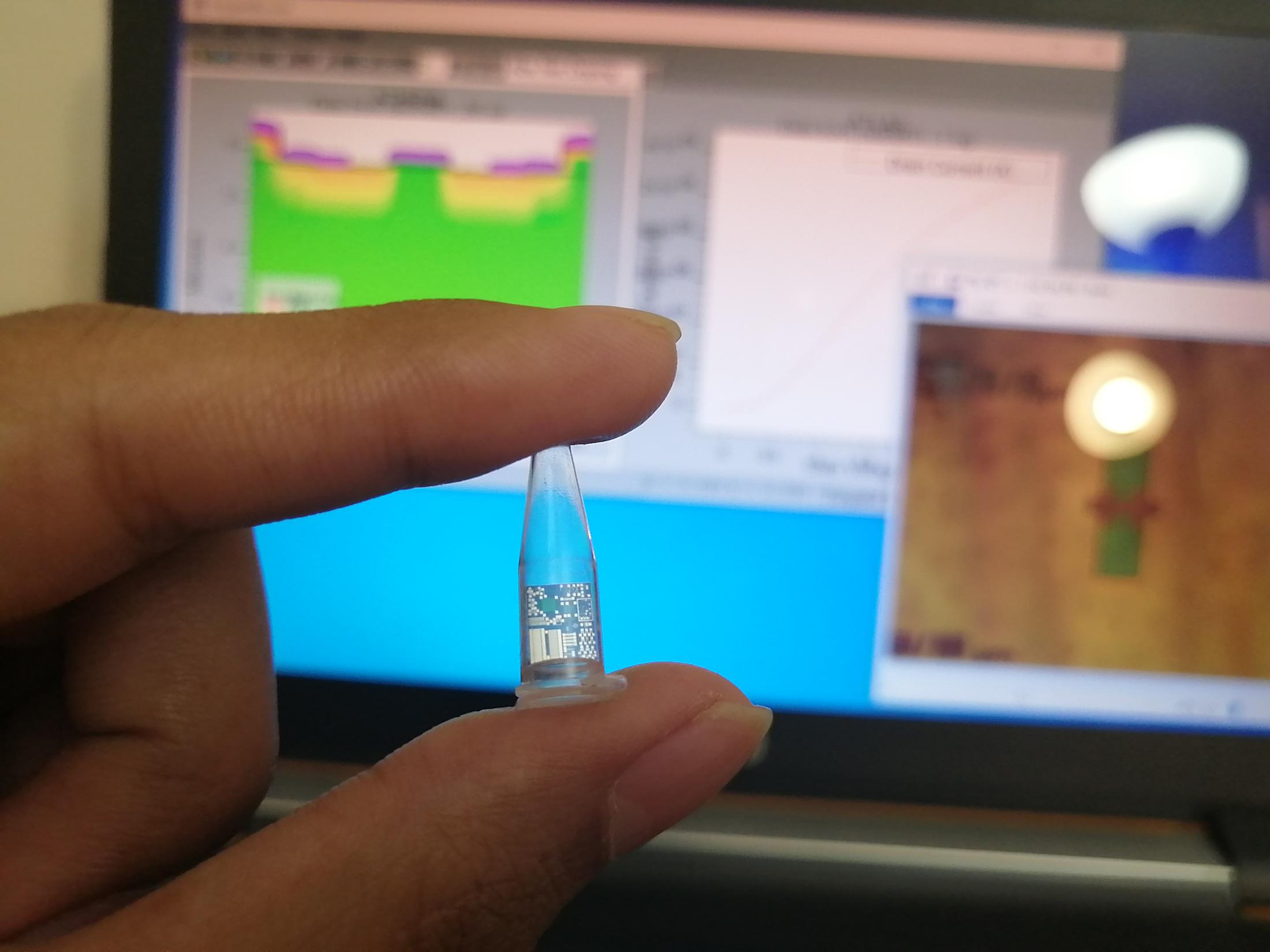
Silvaco Donates $2.2 Million Semiconductor Simulation and Analysis CAD Tools to UC Davis


Silvaco, a leader in electronic design automation and computer-aided design, has made a substantial software donation to the ECE department; equivalent to $2.2 Million. The design software that Silvaco provides span from atoms to systems, from molecular behavior impacting semiconductor devices, to design and analysis of transistor circuits, and finally to complex intellectual property blocks for systems-on-chips designs.
“We are proud to support UC Davis and its world-class microelectronics and nanotechnology engineering program,” said Babak Taheri, Silvaco, CEO. “As a graduate of UC Davis, I know it is a great educational institution. Silvaco is excited to work with the ECE department by providing it our industry-leading semiconductor simulation and analysis tools. We look forward to more collaboration with UC Davis in the teaching and research activities of both the students and the faculty.”
For the ECE department, the Silvaco donation could not have come at a better time. The Integrated Circuits Fabrication course 146A is normally a hands-on lab course that involves the microfabrication facility and is taught in Fall. Since in-person instruction is not possible this quarter, over the summer Professor Erkin Seker and his teaching assistant, Ahasan Ahamed, have converted the course to a virtual offering. “Due to the pandemic, we would have had to cancel the course. By converting the lab assignments to simulations with the Silvaco Athena/Atlas packages, we are able to continue offering the course with many enhanced training capabilities and to even a larger group of students that the microfabrication facility could have accommodated," says Erkin.

In research, the donation is also having an immediate impact. Professor Saif Islam comments: “Silvaco has provided us the tools to integrate both optical and electrical simulations together to understand the underlying physics of the photon-trapping holes in enhancing avalanche photodiode efficiency and speed. The multitude of parameters provided by the tool helped us design more efficient photodiodes for emerging applications such as, time-of-flight positron emission tomography imaging with single-photon avalanche diodes and optimizing the spectral response of the diodes. And, the ability to simulate a real fabrication process is a bonus. The tools are versatile, and this came in quite handy for a side-project, where we needed to simulate the electric field generated by very sharp tip nanopillars for ionization of air for a COVID-19 project. We are still learning new ways to implement the tools to extract more utility from them."

A similar research value has been realized in the Vacuum Microelectronics Lab, where Prof. Charles Hunt’s students have installed a Linux-based parallel-core supercomputer dedicated to the entire Silvaco module suite. “One of my Ph.D. students, Sergey Mistyuk, is collaborating with the National Ignition Facility at Lawrence Livermore National Laboratory in the design, modeling and simulation, and fabrication of the first homoepitaxially-grown, high-speed x-ray imaging arrays using Germanium and its alloys. These arrays are able to image 200ps transient x-ray events in a 500x1000 pixel array. Without exhaustive modeling of the device architecture, and simulation of dynamic performance, designing these devices would be impossible. The Silvaco tools have opened that potential to us.” Hunt’s students are working with Silvaco engineers to demonstrate results and help to inform future developments for them. Furthermore, the platform is accessible remotely, so students in Prof. Hunt’s (Spring Quarter, 2021) EEC249 Nanofabrication class will be learning using some of these tools. This has not been possible in the past says Hunt. “Simply put, these tools have presented unparalleled teaching and research opportunities for UC Davis students and faculty.”



